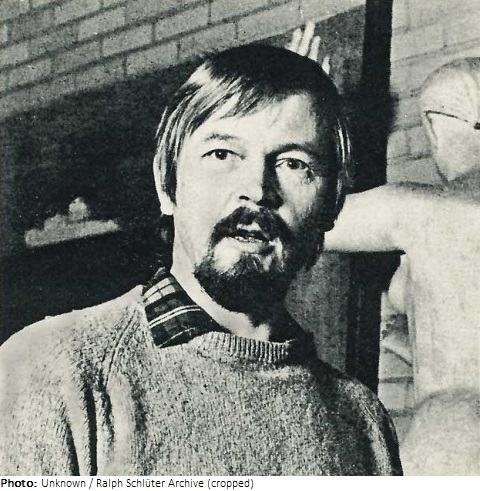Kauko Räsänen

Biographical information
| Roles | Competed in Olympic Games (non-medal events) |
|---|---|
| Sex | Male |
| Full name | Kauko Kalervo•Räsänen |
| Used name | Kauko•Räsänen |
| Born | 23 February 1926 in Suystamo, Respublika Kareliya (RUS) |
| Died | 10 September 2015 in Espoo, Uusimaa (FIN) |
| NOC |  Finland Finland |
Biography
Kauko Räsänen studied at the Finnish Academy of Arts from 1946 to 1950. He became known for his medals and large-scale, sometimes relief-like sculptures. As one of the pioneers of abstract sculpture in Finland, he was quite controversial there. Among his best-known works are the Angel in Lappeenranta, the doors and reliefs of Espoo City Hall, and the Monument for the Heroes Fallen in Karelia. In 1963 Räsänen was awarded the Pro Finlandia Medal. From 1979 to 1984 he was an art professor. In his old age he concentrated more and more on medals. His former studio in Espoo now houses rooms that are rented to young artists. From 1986 he received an honorary state artist’s pension. His first wife was the painter Anna Räsänen (1927-69). Kauko received numerous awards and won several competitions with sculptures or medals. He exhibited throughout Europe and the USA.
Räsänen designed the commemorative medal for the XV Summer Olympic Games, succeeding in a competition against 34 rival designs in 1951. The obverse shows heads turned to the right crested with olive branches above the running track of the Olympic Stadium, the reverse shows male and female athletes in Greek dresses turned to the left, holding out torches in their right hands and the Olympic rings on the left. Motifs and inscriptions are executed in high relief. The diameter is 5.4 cm with a thickness of 0.3-0.6 cm and a weight of 77 g. The medals were minted by Veljekset Sundqvist Oy in Helsinki in an edition of 14,000 copies.
Results
| Games | Discipline (Sport) / Event | NOC / Team | Pos | Medal | As | |
|---|---|---|---|---|---|---|
| 1952 Summer Olympics | Art Competitions |  FIN FIN |
Kauko Räsänen | |||
| Sculpturing, Open (Olympic (non-medal)) |